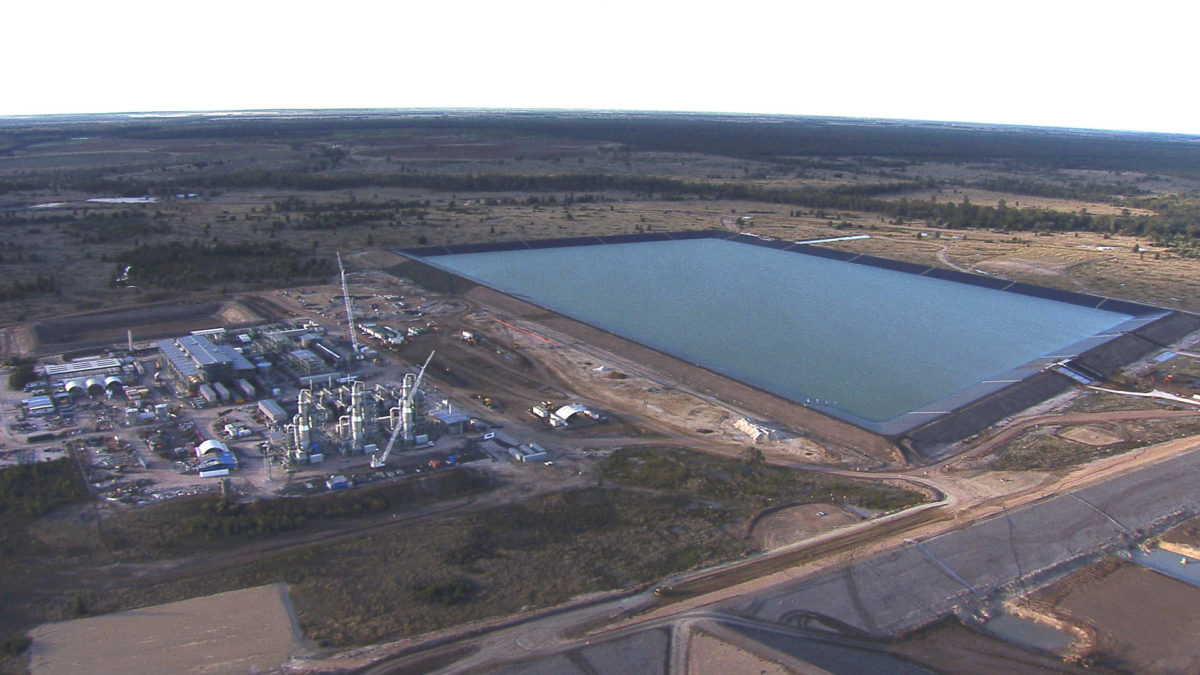Western Australia’s (WA) McGowan Government has dug deep into its pockets, possibly even beyond the knuckles, to establish a $9.28 million Clean Energy Future Fund.
Interestingly, royalties from future unconventional onshore oil and gas projects in WA will be directed into the fund to top up the initial Government seed funding. Despite what you might think, ‘unconventional gas’ is not that gurgle in one’s stomach before it suddenly drops, but rather, it is a euphemism for ‘fracking.’ Along with the Northern Territory, WA lifted its moratorium on fracking in 2018 and began welcoming applications in 2019.
Euphemisms are plastic flowers on the graves our language cannot bear to visit, and so it is no surprise the McGowan Government employs the use of euphemism for ‘fracking’ at the same time as they attempt to offset their guilt.
‘Unconventional gas’, fracking, or coal seam gas (CSG), is the extraction of gas (mostly methane), through the ‘unconventional’ methods of hydraulic fracturing or horizontal drilling.
There are some who argue that fracking, and gas extraction generally, could actually reduce greenhouse gas emissions because it is half the emissions of coal. Others, such as grassroots organisation Lock the Gate Alliance, suggest using fracking to fund renewable projects is doing a deal with the Devil. After all, do we really need the equivalent of a methadone clinic for fossil fuel addiction when we already possess a cheaper and more salutary replacement in renewable energy?
It is not yet clear what said royalties might amount to. Still, if the figure is significant and the Clean Energy Future Fund actually sees substantial investment, the McGowan Government may just have found a way to have their cake and eat it too. Perhaps it is smarter to shake hands with the Devil than to turn one’s back on him. Although, it must be said, it is difficult to eat a cake when it is on fire.
Mines and Petroleum Minister Bill Johnston said the McGowan Government “is committed to facilitating solutions to reduce greenhouse gas emissions that promote innovation, new technologies and new opportunities for Western Australians.”
The McGowan Government seems then to be falling in line with the Federal Government. Last week, Energy and Emissions Reductions Minister Angus Taylor suggested that the Government is bent on investing in gas projects to provide more “cheap energy” to the market to help lead recovery from COVID-19; and then that the falling price of gas during COVID-19 could be used to support fast-start gas plants that help bring more renewable energy into the grid.
However, Independent MP for Warringah, Zali Steggall told Natalie Filatoff of pv magazine that she strongly disagreed with the Government’s thinking, “because at this point there does not appear to be a commercial or market viability” to invest in gas projects. The stimulus to take us out of Covid-19 and into the future, believes Steggall, must be aimed at “markets, technologies and industries that have a future.”
Bruce Robertson, Energy Finance Analyst for Gas/LNG at the Institute for Energy Economics and Financial Analysis (IEEFA) emphatically agrees with Steggall, telling pv magazine, “The surest way to destroy national wealth is to back industries that are proven losers.”
The Fund
The purpose of the fund is to support the development of innovative clean energy projects, and indeed the first application round for such projects is now open.
Successful applications will be eligible for funding between $250,000 and $2 million per project, with the State Government funding up to 25% of eligible costs. A successful applicant will have demonstrated their project’s capacity to reduce greenhouse gas emissions (one hopes this is not fracking funding via the back door, typical of gas), the potential for wider adoption, project innovation and financial viability.
The McGowan Government is particularly keen to prioritise applicants whose projects impact facilities required to report under the National Greenhouse and Energy Report scheme, as well as those located in regional and remote areas.
“Western Australia is home to some incredible innovation that can help underpin a prosperous, low-carbon future,” said Environment Minister Stephen Dawson. “Clean energy technologies will be an important source of future jobs and will support sustainable growth.”
Applications are open until July 13. Click here to apply.
This content is protected by copyright and may not be reused. If you want to cooperate with us and would like to reuse some of our content, please contact: editors@pv-magazine.com.









1 comment
By submitting this form you agree to pv magazine using your data for the purposes of publishing your comment.
Your personal data will only be disclosed or otherwise transmitted to third parties for the purposes of spam filtering or if this is necessary for technical maintenance of the website. Any other transfer to third parties will not take place unless this is justified on the basis of applicable data protection regulations or if pv magazine is legally obliged to do so.
You may revoke this consent at any time with effect for the future, in which case your personal data will be deleted immediately. Otherwise, your data will be deleted if pv magazine has processed your request or the purpose of data storage is fulfilled.
Further information on data privacy can be found in our Data Protection Policy.